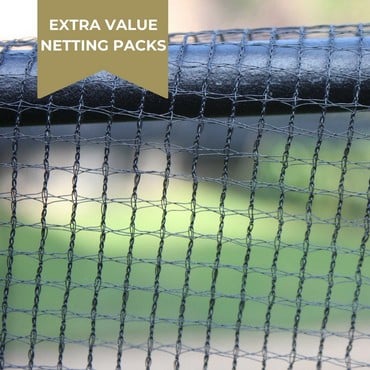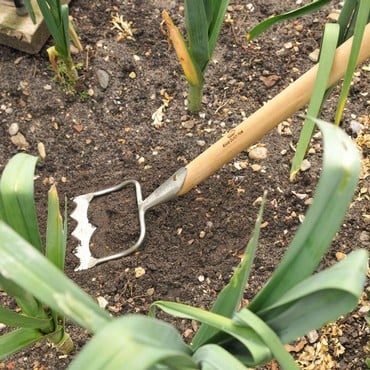Cauliflower
EASE OF GROWING: (Scale 1-5): 5
HOW TIME CONSUMING:
Cauliflower are not particularly time consuming, but attention to detail is required.
RECOMMENDED VARIETIES:
Romanesco
All Year Round
Graffiti AGM
HOME GROWN VS SUPERMARKET:
So much cheaper to grow than to buy in the supermarket. And far more satisfying too!
BEST SITES AND SOILS:
Cauliflowers require a sunny spot with very fertile, moisture retentive soil. Dig in plenty of well rotted manure well before planting. It is essential the soil is firm for planting time. Check the acidity of your soil and add lime when the level is too acidic. Make sure you rotate your cauliflower crop to a different site each year, ideally leaving 3 years before planting on the same site again.
WHEN TO SOW:
Sow seeds into modules between March and May. Sow a few at a time as the plants will mature at the same time resulting in a glut. Better to sow few and often to ensure successional cropping. Early varieties can be sown in January and February in a heated propagator.
DISTANCE BETWEEN PLANTS:
Allow 2 ft between plants and 2 ½ feet between rows. Baby varieties are available if space is limited.
WHEN TO HARVEST:
Cauliflowers are ready to harvest when the head is firm. Be careful not to leave it too late as the head can very quickly begin to separate and flower.
FURTHER INFORMATION:
Before planting, add a general purpose fertiliser to the soil. Prepare the planting holes the day before planting takes place and puddle these holes with water several times. This will ensure the soil is fully settled and firm ready for the seedling. To boost root growth, sprinkle Mycorrhizal Fungi in to the planting hole and then plant the seedling. Firm it in well and water.
Water once a week in dry weather to avoid the crop being checked which will lead to small curds. Add a high nitrogen feed such as pelleted poultry manure in July to top up the nutrients in the soil and boost growth.
When the curds begin to form, bend over the surrounding leaves to cover the cauliflower head and protect it from the sun.
Keep your crop weed free with regular hoeing.
PROBLEMS TO LOOK OUT FOR:
Club root: This devastating disease can infect your soil for many years once you have it. Making sure you apply lime to acidic soils before planting can help to prevent this.
Caterpillars and Birds: These can very quickly destroy a crop of Cauliflower. Make sure you use a butterfly netting to prevent both birds and caterpillars from attacking your crop. Ensure that you allow space between the net and the leaves of the nearest plant, as butterflies can lay eggs through the netting onto the leaves if they are touching the net.


























